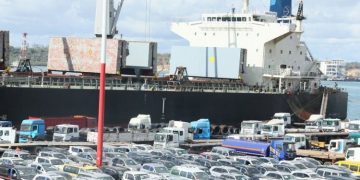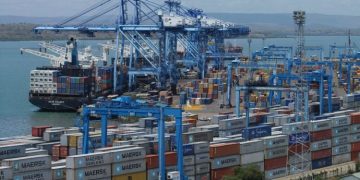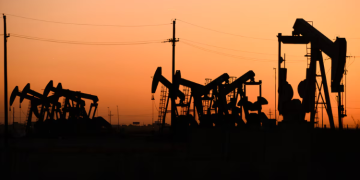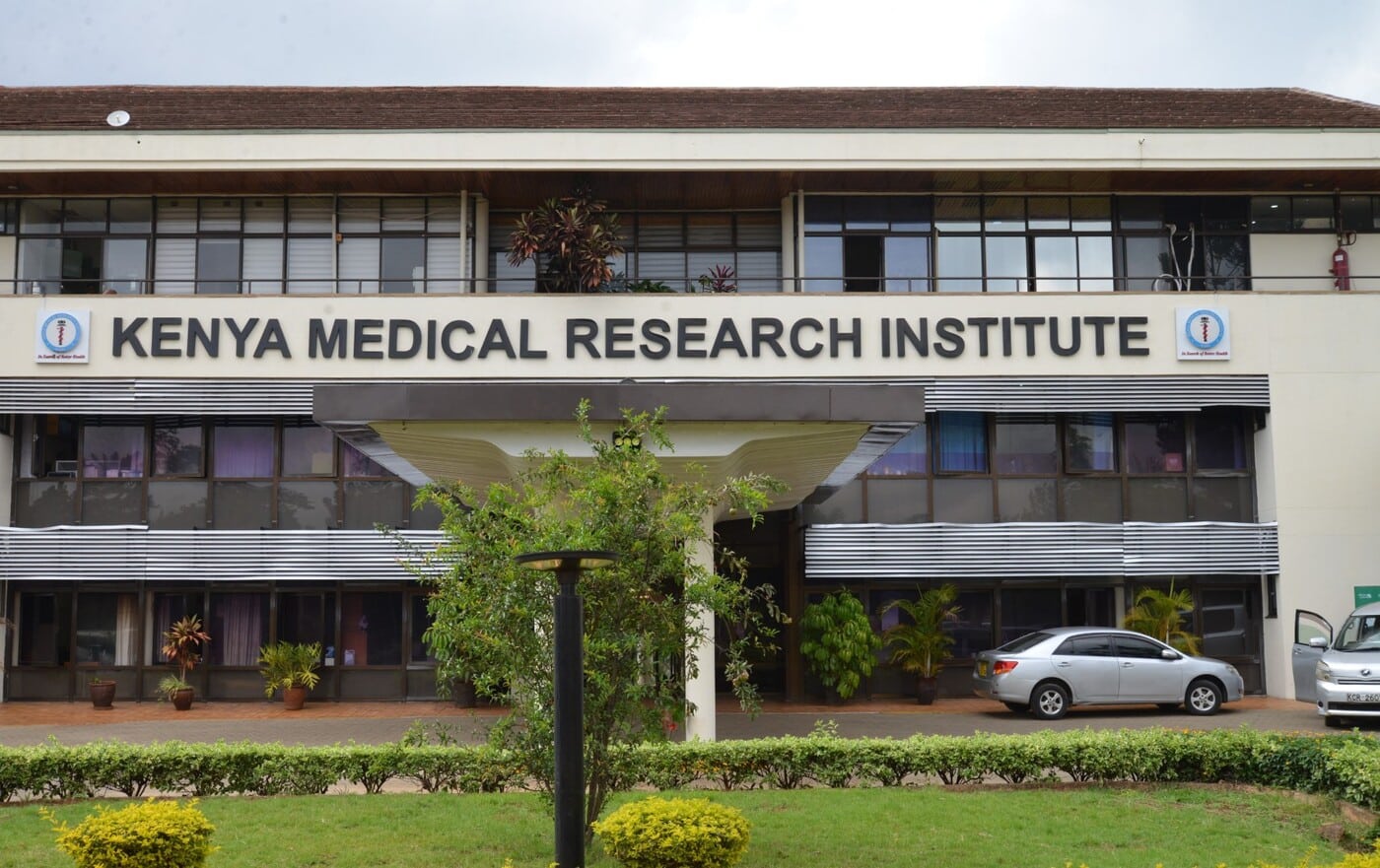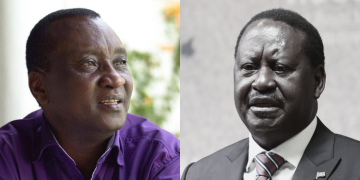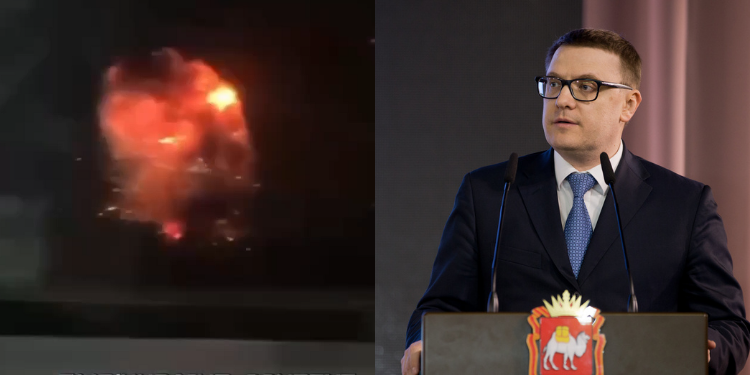A major Russian military production facility in Kopeysk near Chelyabinsk was partially destroyed on October 22, 2025, after a powerful explosion and a massive fire.
The Plastmas plant is a key site in Russia’s defense industry known for manufacturing ammunition for tanks, artillery systems, and naval guns.
Kopeysk is located nearly 2,000 kilometers from the Ukrainian border.
Sources confirmed that nine people were killed and five others injured in the strike.
Videos shared on social media showed a towering column of smoke rising above the city, with residents reporting loud explosions and windows shaking from the blast.
The fire reportedly engulfed large parts of the facility, which is believed to have stored explosive materials.
Chelyabinsk Governor Alexey Teksler stated that emergency services responded quickly to the scene, but the scale of the damage was significant.
Plastmas Plant
The Plastmas military plant, located in Kopeysk, a suburb of Chelyabinsk, is a key part of Russia’s defense industry.
It operates under the Rostec State Corporation through the Tekhmash holding and specializes in the production, repair, and disposal of ammunition.
Its output includes mortar shells, artillery rounds, S-8 rockets, and industrial explosives, making it a vital supplier for Russian ground and naval forces.
The Plastmas plant had previously been linked to a 2023 corruption scandal, involving alleged embezzlement during a modernization project.
Despite its troubled history, the facility remained operational and crucial to Russia’s war logistics.
Relentless Zelenskyy
The explosion came at a time when Ukraine has intensified its campaign of long-range strikes deep into Russian territory, targeting key military and industrial infrastructure.
Using drones and precision missiles, Ukrainian forces have hit multiple sites in recent weeks, signaling a shift in strategy aimed at disrupting Russia’s war logistics far from the front lines.
In the Bryansk region, Ukrainian forces reportedly launched Storm Shadow missiles, supplied by the UK, at a chemical facility linked to defense production.
By striking facilities involved in ammunition production, fuel processing, and vehicle maintenance, Kyiv aims to slow Russia’s military operations and stretch its defense resources.
Russian officials have responded by increasing air defense deployments around key industrial zones.
However, the success of recent Ukrainian strikes has raised questions about the effectiveness of Russia’s internal security systems.
Several attacks have bypassed radar and missile defenses, reaching targets in central and southern Russia.
Western analysts note that Ukraine’s drone and missile programs have advanced significantly.
Also Read: India and US Close in on Deal to Drop Tariffs After Trump Threats
Domestically produced UAVs now reportedly have ranges exceeding 1,000 kilometers, allowing strikes on targets previously considered out of reach.
Ukraine Weapon Supply and Production
On October 22, a letter of intent was signed between Ukraine and Sweden for the possible sale of up to 150 of Sweden’s JAS 39 Gripen fighter jets to Ukraine.
In addition, Ukraine has rapidly transformed into a global leader in drone warfare, with its domestic industry now producing over 40% of the weapons used on the battlefield.
In 2025 alone, the country aims to manufacture 4.5 million drones, surpassing Russia’s projected output of 3–4 million.
Also Read: Zelenskyy Launches Fresh Attacks in Russia Ahead of Trump Meeting with Putin
These include first-person-view (FPV) drones, interceptor drones, and sea drones, many of which are battlefield-tested and cost-effective.
Ukraine’s defense tech ecosystem now includes over 200 drone manufacturers, many of which emerged since the full-scale invasion began.
These companies are producing low-cost, high-impact systems that have reshaped modern warfare.
Follow our WhatsApp Channel and X Account for real-time news updates.













